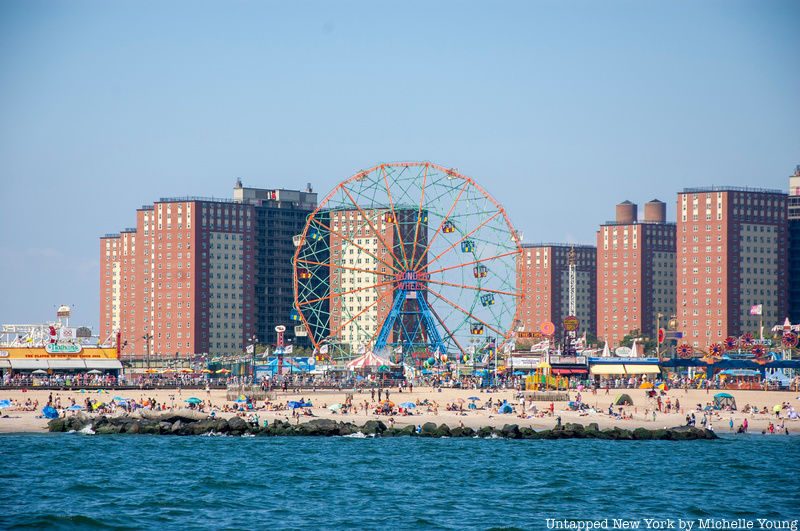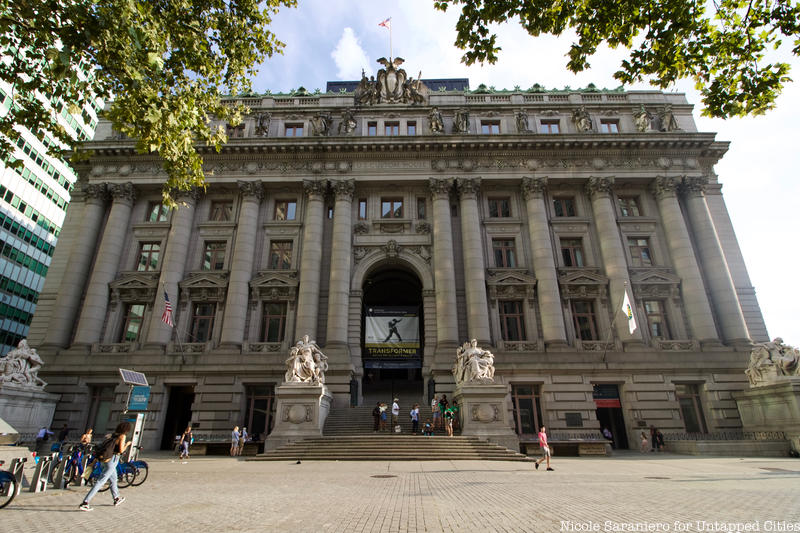17. Coney Island

The Lenape who lived in Coney Island referred to it as Narrioch, perhaps meaning “land without shadows.” A Native American tribe called the Konoh is said to have inhabited the land, which might have inspired Coney Island’s current name. Henry Hudson anchored his ship in Gravesend Bay in 1609 and began trading with the local Canarsee population, who subsequently attacked his party the next day. The Canarsee used the marshes of Coney Island for making money, but they went back to trading with Hudson due to potential economic gains they could secure. They also used the beach to collect wampum and clams.
The Dutch allowed a group of English dissenters to occupy the land, but the Konoh attacked the home of the English leader Lady Moody. However, Lady Moody negotiated with them for grazing rights in the marshes. On May 7, 1654, a Native named Guttaquoh declared himself the owner of “Coyne Island.” However, this attempt was unsuccessful, since the local population was completely wiped out in 1655 by the rival Mohawk Indians for not paying tribute to the Five Nations.






